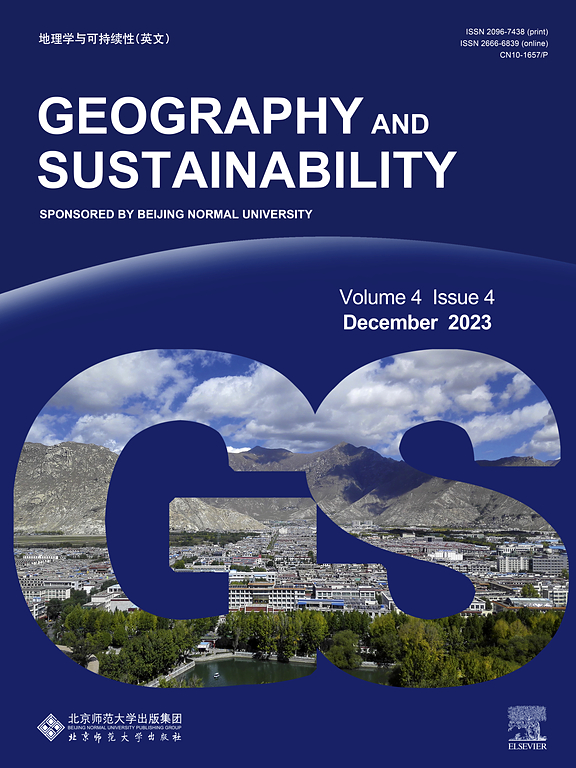Combinatorial innovation and lifecycle analysis of low-carbon energy technologies in China
IF 8
1区 环境科学与生态学
Q1 GEOGRAPHY, PHYSICAL
引用次数: 0
Abstract
Measuring the lifecycle of low-carbon energy technologies is critical to better understanding the innovation pattern. However, previous studies on lifecycle either focus on technical details or just provide a general overview, due to the lack of connection with innovation theories. This article attempts to fill this gap by analyzing the lifecycle from a combinatorial innovation perspective, based on patent data of ten low-carbon energy technologies in China from 1999 to 2018. The problem of estimating lifecycle stages can be transformed into analyzing the rise and fall of knowledge combinations. By building the international patent classification (IPC) co-occurrence matrix, this paper demonstrates the lifecycle evolution of technologies and develops an efficient quantitative index to define lifecycle stages. The mathematical measurement can effectively reflect the evolutionary pattern of technologies. Additionally, this article relates the macro evolution of lifecycle to the micro dynamic mechanism of technology paradigms. The sign of technology maturity is that new inventions tend to follow the patterns established by prior ones. Following this logic, this paper identifies different trends of paradigms in each technology field and analyze their transition. Furthermore, catching-up literature shows that drastic transformation of technology paradigms may open “windows of opportunity” for laggard regions. From the results of this paper, it is clear to see that latecomers can catch up with pioneers especially when there is a radical change in paradigms. Therefore, it is important for policy makers to capture such opportunities during the technology lifecycle and coordinate regional innovation resources.

求助全文
约1分钟内获得全文
求助全文
来源期刊

Geography and Sustainability
Social Sciences-Geography, Planning and Development
CiteScore
16.70
自引率
3.10%
发文量
32
审稿时长
41 days
期刊介绍:
Geography and Sustainability serves as a central hub for interdisciplinary research and education aimed at promoting sustainable development from an integrated geography perspective. By bridging natural and human sciences, the journal fosters broader analysis and innovative thinking on global and regional sustainability issues.
Geography and Sustainability welcomes original, high-quality research articles, review articles, short communications, technical comments, perspective articles and editorials on the following themes:
Geographical Processes: Interactions with and between water, soil, atmosphere and the biosphere and their spatio-temporal variations;
Human-Environmental Systems: Interactions between humans and the environment, resilience of socio-ecological systems and vulnerability;
Ecosystem Services and Human Wellbeing: Ecosystem structure, processes, services and their linkages with human wellbeing;
Sustainable Development: Theory, practice and critical challenges in sustainable development.
 求助内容:
求助内容: 应助结果提醒方式:
应助结果提醒方式:


